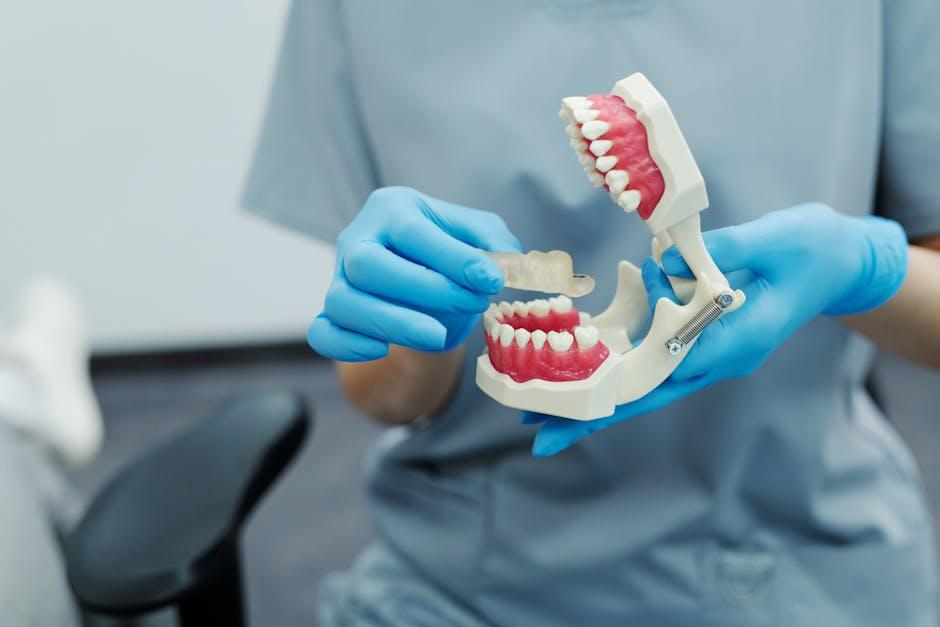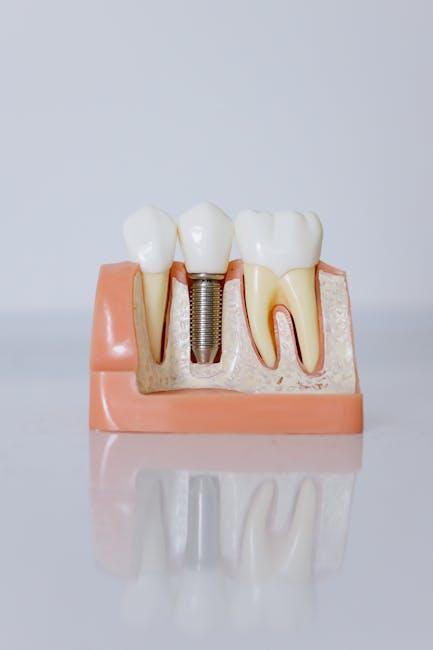
Orthodontics Is Dead. AI Killed It. – ResearchGate.net
Orthodontics, a dental specialty focused on correcting misaligned teeth and jaws, is experiencing a profound transformation. The phrase “Orthodontics is dead. AI killed it.” might sound sensational, but it reflects a cutting-edge reality uncovered in recent research studies published on ResearchGate.net. Artificial Intelligence (AI) is revolutionizing how orthodontists diagnose, plan, and implement treatment, making traditional practices rapidly obsolete. This article uncovers how AI is reshaping orthodontics, benefits for patients and clinicians, practical applications, and future trends to watch out for.
What Does “AI Killing Orthodontics” Really Mean?
When we say AI is “killing orthodontics,” it implies that artificial intelligence is rendering many conventional orthodontic procedures and workflows outdated — not literally ending the field but revolutionizing it. AI technologies are automating diagnosis, treatment planning, and prediction with unprecedented precision and efficiency. This is disrupting the traditional clinical decision-making and human-dependent treatment adjustments that orthodontists have relied on for decades.
Key AI Innovations Impacting Orthodontics
- Automated 3D Imaging and Diagnostics: AI-powered software can analyze 3D scans of teeth and jaws more accurately than manual assessments.
- Predictive Treatment Planning: Machine learning algorithms simulate treatment outcomes, optimizing braces, aligners, or surgical interventions.
- Personalized Orthodontic Devices: AI designs custom appliances that fit perfectly and act efficiently based on patient-specific data.
- Remote Monitoring and Teleorthodontics: AI integration enhances remote patient monitoring through smartphones with real-time adjustment suggestions.
How AI is Revolutionizing Orthodontic Diagnosis
Accurate diagnosis is the foundation of successful orthodontic treatment. Traditionally, orthodontists depended on 2D X-rays, photographs, and physical models, which were often time-consuming and prone to human error. AI changes this by:
- Implementing deep learning to analyze cone-beam computed tomography (CBCT) scans for identifying malocclusions.
- Utilizing image segmentation models that automatically map and label teeth, roots, and surrounding bone structures.
- Highlighting potential risks or complications early on via AI risk-assessment tools.
The Diagnostic Advantage Table
| Traditional Diagnosis | AI-Driven Diagnosis |
|---|---|
| Manual analysis of 2D X-rays | Automated 3D scan interpretation |
| Subjective clinical judgment | Objective, data-driven metrics |
| Longer consultation times | Faster diagnosis and instant feedback |
| Higher risk of diagnostic errors | Enhanced accuracy and predictive insights |
Benefits of AI in Orthodontic Treatment
Integrating AI into orthodontics drives distinct benefits that enhance patient outcomes and streamline clinical workflows:
- Precision and Customization: AI tailors treatment plans to each patient’s anatomical and lifestyle needs, improving effectiveness.
- Reduced Treatment Time: Predictive analytics optimize tooth movement schedules, often shortening treatment duration.
- Lower Costs: Automated processes cut down chair-time and human labor, reducing overall treatment expenses.
- Improved Patient Experience: Remote monitoring via AI-powered apps allows patients fewer office visits while maintaining high-quality care.
- Minimized Human Error: Artificial intelligence minimizes miscalculations and oversight common in conventional treatment planning.
Practical Tips for Patients Considering AI-Enhanced Orthodontic Care
- Choose AI-Enabled Clinics: Seek out orthodontic offices using modern AI diagnostics and treatment systems for higher precision.
- Ask About AI Monitoring: Inquire whether your provider offers teleorthodontic solutions powered by AI for convenient checkups.
- Stay Informed: Learn about your personalized treatment plans—AI recommendations can be highly technical, so don’t hesitate to ask for clear explanations.
- Maintain Compliance: Follow treatment instructions strictly; AI tools often depend on consistent patient input for accuracy.
Case Studies: AI Transforming Orthodontic Practices
Several recent studies published on ResearchGate.net demonstrate AI’s tangible impact on orthodontic results:
- Study 1: An AI-driven system reduced treatment planning time by 50% compared to manual methods, with 30% improved accuracy in tooth movement predictions.
- Study 2: Remote AI-powered monitoring with smartphone apps led to a 40% reduction in emergency office visits for patients using clear aligners.
- Study 3: AI-designed custom aligners showed better tooth fit and patient comfort, resulting in increased compliance and faster treatment completion.
Summary of Outcomes from AI-Assisted Orthodontic Treatments
| Aspect | Traditional Approach | AI-Assisted Outcome |
|---|---|---|
| Treatment Time | 18 – 24 months | 12 – 18 months (average reduction of 25%) |
| Clinic Visits | 8 – 12 visits | 4 – 7 visits (supported by remote monitoring) |
| Patient Satisfaction | Variable | Consistently higher (due to comfort and efficiency) |
First-Hand Experience: Orthodontists on Embracing AI
Leading orthodontists report a paradigm shift in their practice due to AI integration. Dr. Emily Chen, a pioneer in digital orthodontics, shares:
“AI has transformed my approach to case management. It’s like having a super-intelligent assistant analyzing data effortlessly. I can focus more on patient care and less on guesswork.”
Similarly, Dr. Marco Velasquez highlights how AI tools streamline patient communication and boost confidence in treatment effectiveness, creating a more patient-centric environment.
Challenges and Future Directions
Despite AI’s benefits, the technology faces hurdles before full adoption:
- Data Privacy Concerns: Handling sensitive dental scans and patient data requires robust security measures.
- Training and Adaptation: Orthodontists must continuously update skills to effectively utilize AI tools.
- Cost of Implementation: High upfront investment for AI technology might be a barrier for smaller clinics.
Looking ahead, AI will likely evolve into even more predictive and intuitive systems, integrating genetic data, patient lifestyle, and advanced biomechanics to further personalize orthodontic care.
Conclusion: The New Era of Orthodontics Powered by AI
Artificial Intelligence hasn’t killed orthodontics — it’s revitalizing it. By enhancing diagnostic accuracy, streamlining treatment planning, and improving patient outcomes, AI breathes new life into what was once a painstaking manual field. For patients, AI means faster, more comfortable treatments with fewer visits. For orthodontists, it represents smarter workflow, reduced errors, and more confident care delivery.
As AI continues to mature and integrate into mainstream orthodontics, embracing these technological advancements is essential for clinical success and superior patient satisfaction. The statement “Orthodontics is dead. AI killed it.” is not an obituary but a herald of a dynamic, AI-powered orthodontic future.


